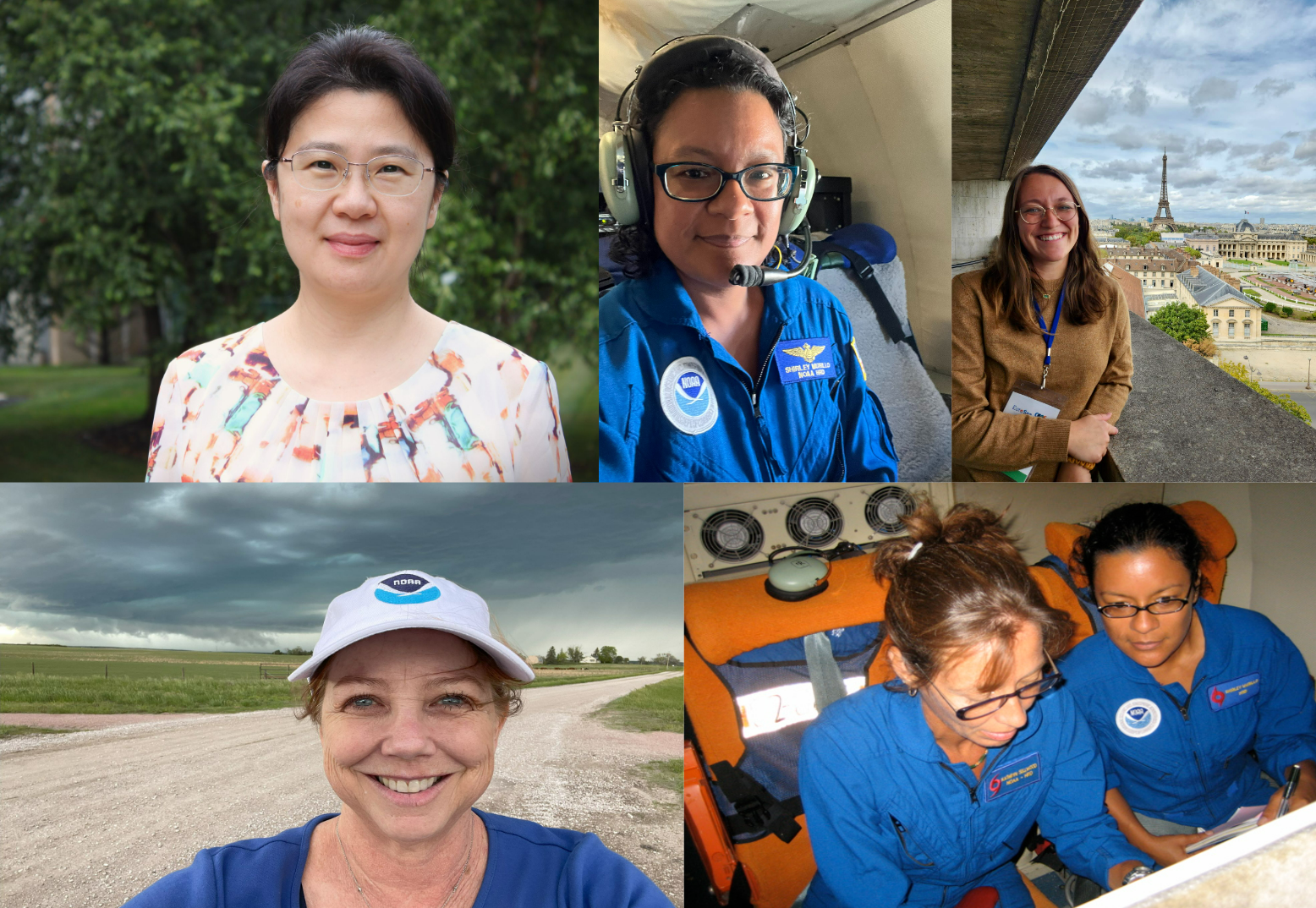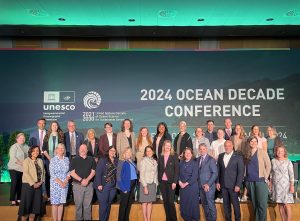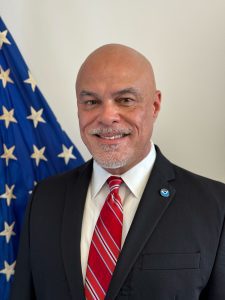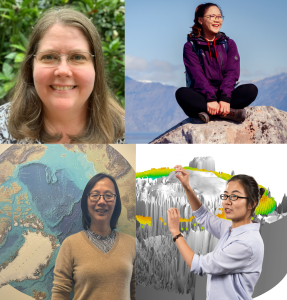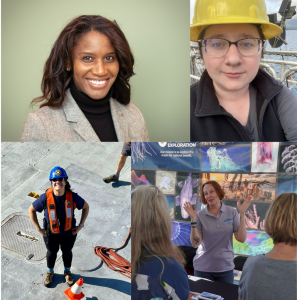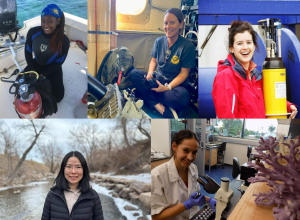March is Women’s History Month, and all month we are recognizing the women of NOAA Research who contribute to the innovative and impactful progress towards NOAA’s mission. This week we are highlighting some of the women who are making critical contributions to NOAA’s work in severe weather research. The costs and impacts of these weather and climate disasters are increasing in the United States due to a combination of increased exposure and vulnerability. Continue reading to meet five women who are advancing our knowledge of these weather systems and developing solutions to better prepare society for severe weather events.
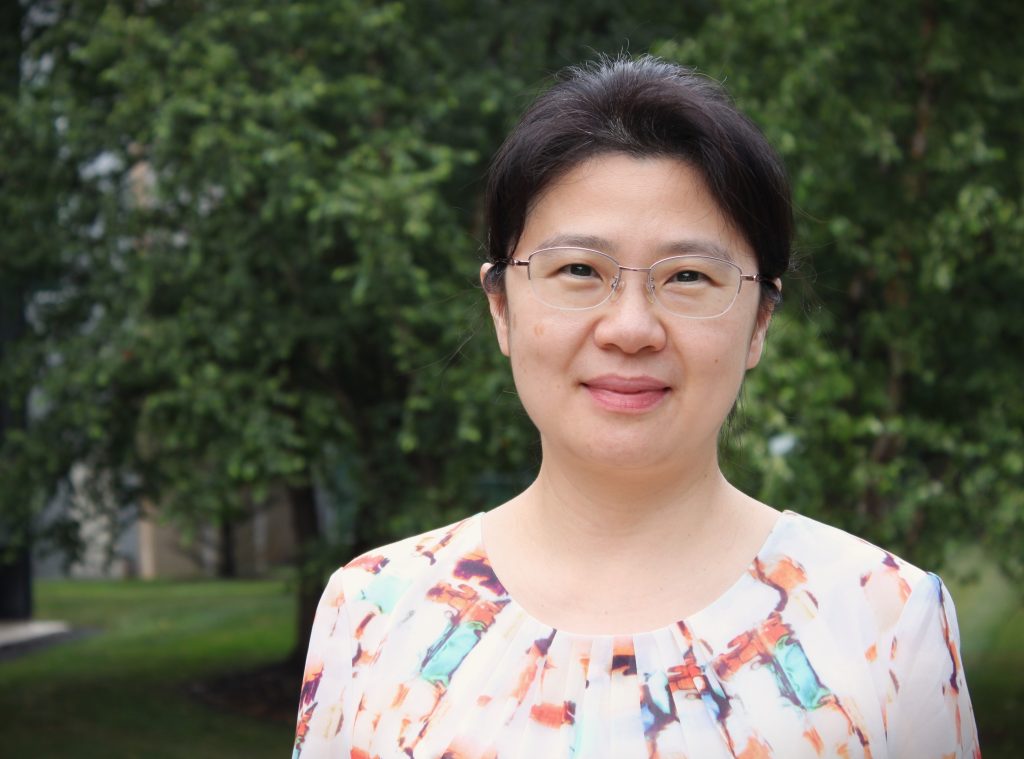
Mingjing Tong is a meteorologist who works at the NOAA Geophysical Fluid Dynamics Laboratory (GFDL). One of the moments where Mingjing felt immense pride for her work was during a pivotal moment in her career in 2013. After years of dedicated research, development, and collaboration across various NOAA agencies, Mingjing witnessed the successful assimilation of observations from the Tail Doppler Radar on NOAA Hurricane Hunters into the operational Hurricane Weather Research and Forecasting model. This significant achievement improved hurricane forecasting during that season, highlighting a milestone in advancing the understanding and prediction of hurricanes.
Read about the hopes Mingjing has for both field and for the future by clicking here
Looking ahead to the next five years, Mingjing is optimistic for the continued advancement of innovative techniques, particularly those utilizing Artificial Intelligence, to enhance forecast models and improve forecasting across various scales. Additionally, she anticipates significant progress in the development of models like GFDL’s System for High-resolution prediction on Earth-to-Local Domains (SHiELD), promising improved weather-to-seasonal predictions.
What fuels Mingjing’s hope for the future, whether in science, NOAA, or society at large, is the recognition of the importance of collaboration, diversity, equity, inclusion, and accessibility within the scientific community. Initiatives such as the Diversity, Equity, Inclusion, and Accessibility Committee (DEIAC) at GFDL, in which she participates as a committee member, serve as beacons of hope, fostering a supportive and inclusive environment while driving important contributions to climate science research. These efforts will not only advance scientific understanding but also cultivate a more welcoming and productive workplace, ultimately benefiting both the scientific community and society as a whole.
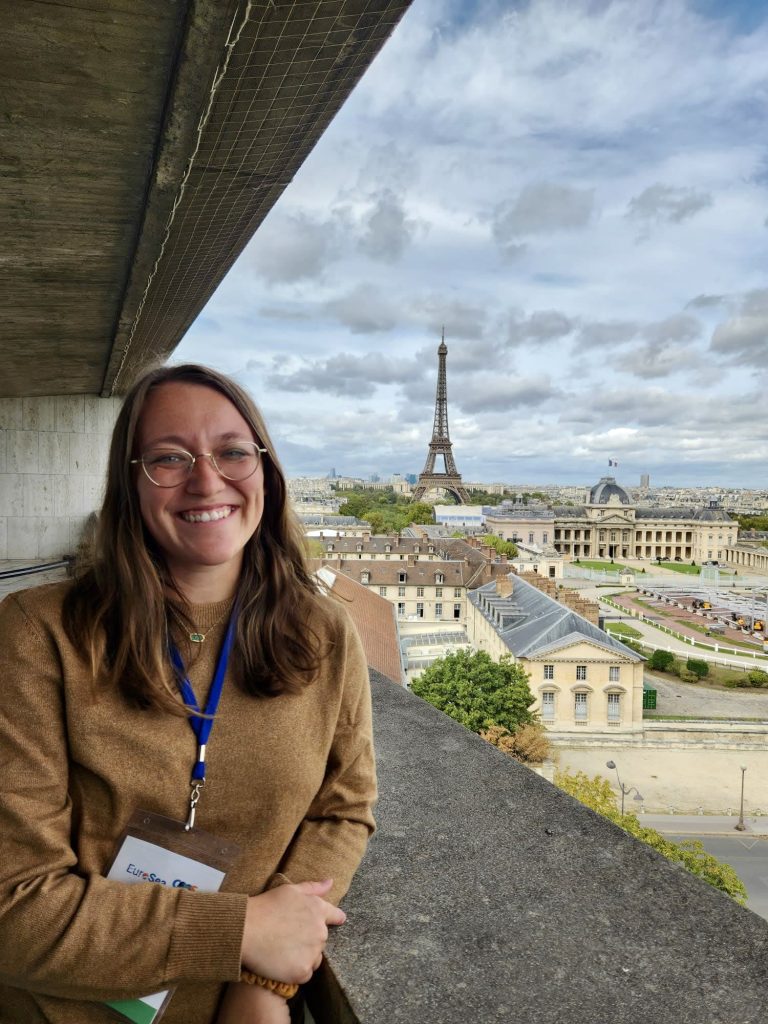

Cheyenne Stienbarger is a Program Manager for NOAA’s Global Ocean Monitoring and Observing Program (GOMO), managing the Tropical Pacific Observing System & Extreme Events portfolios. In this role, she has the opportunity to meaningfully contribute to solutions that benefit society by improving our understanding of the ocean and its role in environmental change. She is thankful for a diverse portfolio at GOMO where her work ranges from managing the Tropical Pacific Observing System, building scientific capacity in the Pacific Islands, and advancing the coordination and integration of ocean observations into tropical cyclone research, operations, and forecasts.
Read about some of the things Cheyenne wishes people knew about her work, as well as what it like to be an early career professional in the field by clicking here.
Something Cheyenne wishes more people knew about her work is that partnerships are key! She says, “none of this work is done in isolation and it takes so many different people within and outside of NOAA to make our efforts successful.” As a program manager, she often feels that the most rewarding part of her job is the ability to bring people together and work towards a common goal. For example, a big part of her job has focused on enhancing the coordination between the ocean and atmospheric communities to improve the collection and integration of ocean data into models and forecasts.
As an early career professional, she has realized the importance of prioritizing and supporting the development of other early career scientists and professionals within the community. It has been incredibly rewarding for her to create opportunities for the active inclusion, participation, and leadership of early career scientists, investigators and collaborators across her portfolio, which you can read about in this story that features the early career ocean scientists who participated in the GOMO-funded hurricane field experiment in 2023.
Cheyenne’s advice for women looking to enter the field is to always show up as your authentic self. She says, “you will feel pressured at many stages in your life to fit into a certain box and that’s just not necessary. Follow your passions, ask your questions, express your concerns, and just be who you are. The field will definitely be better for it.”
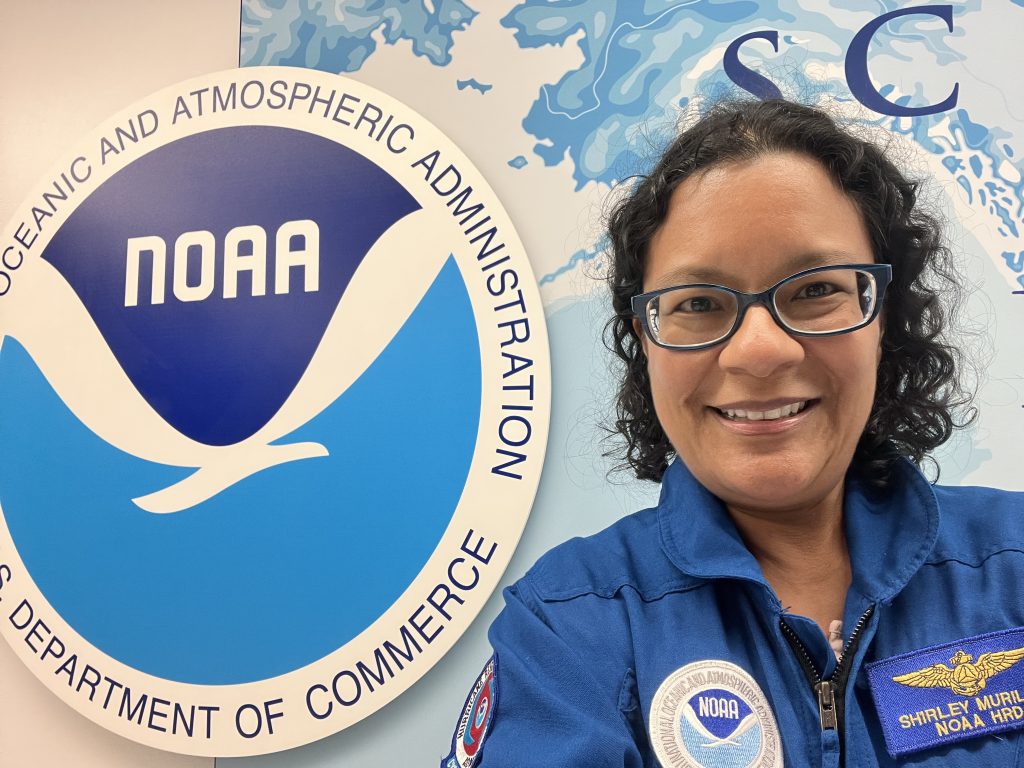

Shirley Murrillo is the Acting Director of the Hurricane Research Division at the NOAA Atlantic Oceanographic and Meteorological Laboratory. A recent moment in her career where she felt proud was seeing several hurricane researchers, affiliates, and collaborators receive the Department of Commerce Gold Medal award for their extraordinary work deploying a small uncrewed aircraft into the eyewall of Hurricane Ian while overcoming many obstacles. While she was not part of the flight crew, she felt very proud to see her team and their efforts recognized at the highest level.
Read about how Shirley finds hope in technological advancements and where she wants to see her field progress in the coming years by clicking here.
Shirley finds hope in the way technological advancements are pushing science forward. From using uncrewed aircraft to gather data to exploring Artificial Intelligence and machine learning techniques and how to apply it to our research – these tools will enhance our understanding of hurricanes.
Shirley notes that NOAA’s hurricane researchers are continuing to improve the understanding and prediction of hurricanes, and this helps her keep a positive mindset while working in the atmospheric sciences. She says, “I know our research will have an impact for those people that live in hurricane-prone areas.”
In the next five years, Shirley hopes to see her field invite more conversations and active areas of research with other disciplines. She says, “our science has human, ocean, coastal, marine, and economic impacts and much more. This type of collaboration will lead to a more holistic view of our ever changing world.” For those looking to enter the field of meteorology, her advice is to always ask questions and to challenge yourself to try new things.
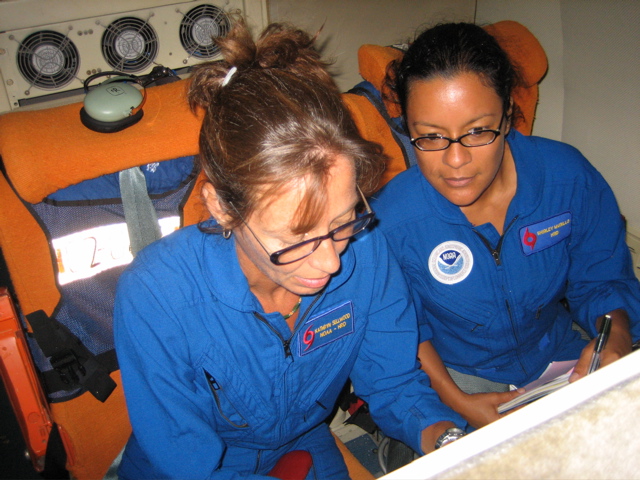

Kathryn Sellwood is a Senior Research Associate at the Cooperative Institute for Marine and Atmospheric Science supporting the NOAA Atlantic Oceanographic and Meteorological Laboratory. Kathryn works with observations collected using NOAA reconnaissance aircraft, dropsondes in particular. She assesses new instruments which can be used to collect observations within the inner core of tropical cyclones, applies quality control of the collected data, and makes the data accessible to the public. Her primary focus is in how to best utilize gathered observations to improve numerical model forecasts through data assimilation and demonstrate their benefit. This work contributes to NOAA’s mission to provide timely and accurate forecasts for a weather-ready nation and provides important data for understanding our climate and how it is changing.
Read about some fun facts about Kathryn, how she got started in her career, and how social media gives her hope for educating more people about her work by clicking here.
Something that gives Kathryn hope for her field and work at NOAA is that social media and the internet have helped increase interest in science among the general public by exposing people to her field and research in a way that is much more engaging. Most people she talks to truly care about her work and realize its importance.
A fun fact about Kathryn is that she was a bartender for 25 years before entering college – to which she says, “it’s never too late to follow your dreams!” Her advice for women looking to enter the severe weather field is to talk to as many women in the field as you can. She says, “if you can find a mentor that’s great but it is equally important to just get a better idea of how others got into the field and what they like or don’t like about their work.”
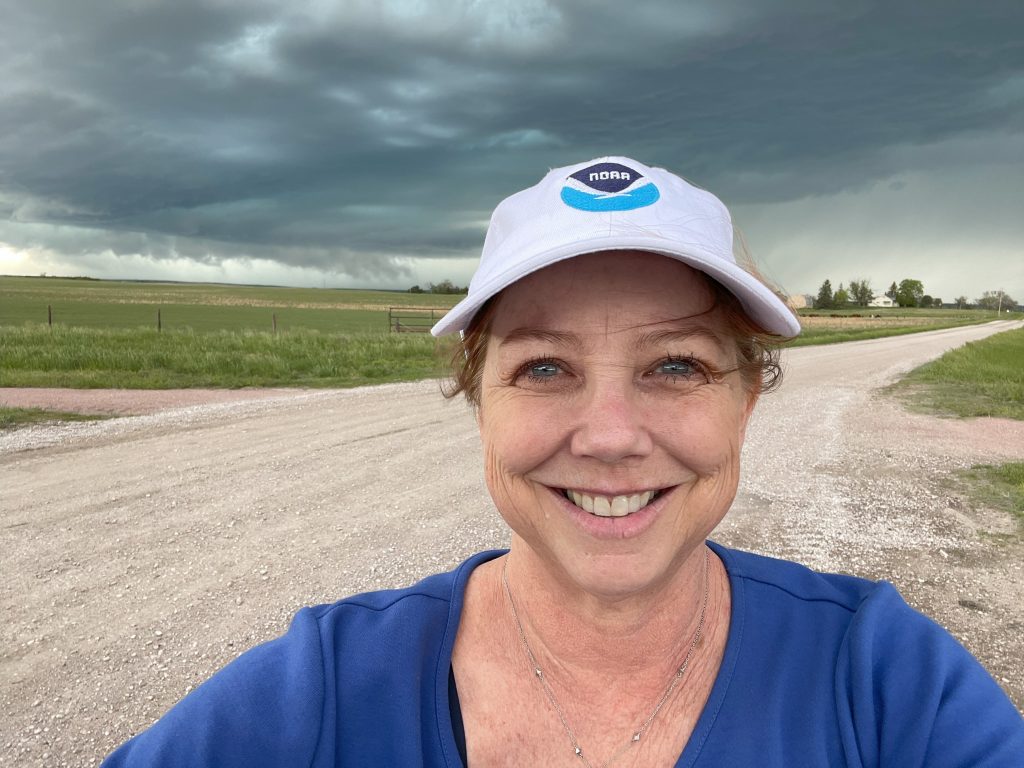

Keli Pirtle is a Public Affairs Specialist with NOAA Communications. Keli supports the five NOAA organizations in Norman, Oklahoma, including the NOAA National Severe Storms Laboratory. As a Public Affairs Specialist, Keli’s job is to tell the stories of the vital work that NOAA does. When handling media inquiries, she connects reporters with severe weather and radar experts, guiding stories from both the reporter side and the NOAA side. What she enjoys most about her position is providing media training for NOAA Research and National Weather Service staff. This helps scientists better communicate clearly, concisely and in plain language key information about successes, innovations, and what NOAA does. Ultimately, this benefits the public as they learn about important research and understand how it affects them.
Read about moments from Keli’s career she is especially proud of, as well as advice for women looking to enter the field by clicking here.
When asked about a moment of her career that she felt especially proud of, Keli said “I was initially hired as an experiment 25 years ago and only five months later, a deadly tornado outbreak occurred. In the aftermath, I organized a news conference, managed the flood of media requests, wrote talking points, and generally illustrated the benefits of having a communication person as part of the team. That led to me being hired as a federal employee and turned into a career I love!”
For women looking to enter the field, Keli says that getting to know people and making connections is incredibly important. Her advice is to not be shy and look for opportunities to connect across line offices, departments or organizations. She says, “ask people about their jobs. Ask to meet. People like to share information about what they do and help others grow their careers. Be open to learning and new, unexpected opportunities.”
